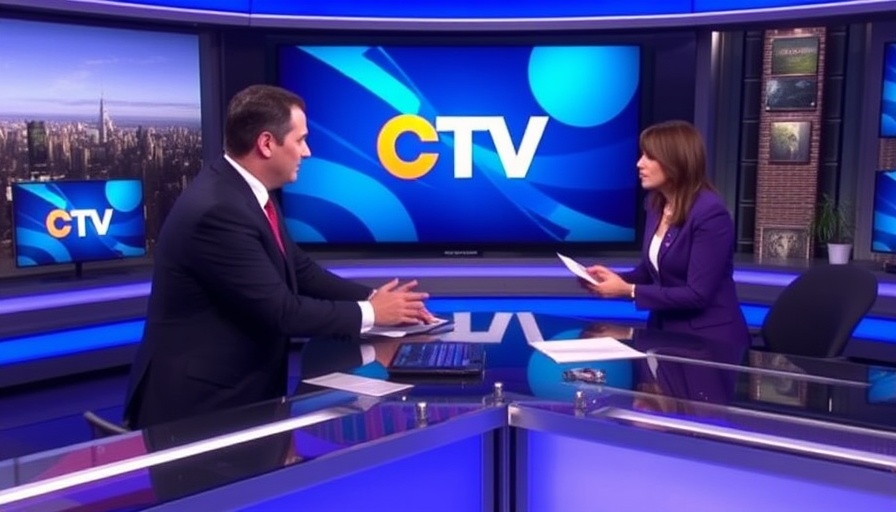
Why The Trade Desk's Take Rate Matters Now
The Trade Desk's (TTD) take rate has been a hot topic for nearly a decade, consistently hovering around 20% since its IPO. However, the growing popularity of Connected TV (CTV) advertising has prompted rival demand-side platforms (DSPs) to use lower take rates as a bait to attract clients. As these competitors promise to reduce operational costs, the implications for business owners in the digital marketing space are significant.
The Competitive Landscape of CTV Advertising
With the increase in CTV viewership, competitors like Amazon Advertising and Comcast have been aggressive in delivering lower rates for advertisers. This competitive edge enables them to capture a larger market share, especially as brands seek to optimize their demand generation efforts. As the ad tech marketplace evolves, it’s crucial for businesses to stay informed about these shifting dynamics, which might affect their lead generation and branding strategies.
The Implications of Trade Desk's Earnings Report
The importance of The Trade Desk's recent earnings report cannot be overstated. With the take rate clocking in at 20.3% for 2024, advertisers are paying acute attention to how this number reflects TTD's market share amid fierce competition. Jeff Green, CEO of The Trade Desk, projected the take rate to remain stable, but this claim is now being scrutinized as rivals capitalize on any perceived weaknesses.
Strategies for Advertisers in a Competitive Landscape
As advertising costs fluctuate, the focus should shift towards customer acquisition strategies that prioritize value over volume. Advertisers can leverage multi-channel marketing approaches, integrating various platforms to reduce dependency on a single DSP. This strategy not only diversifies risk but also enhances branding efforts through consistent messaging across platforms, ultimately leading to better engagement and conversion rates.
The Future of Advertising Rates and Brand Strategies
As we look ahead, the lead generation strategies utilized today must evolve alongside technological advancements and market shifts. With streaming costs becoming more affordable, advertisers have the potential to optimize their ad spend, thus amplifying their reach and engagement. As a business owner, it’s esssential to adapt and stay current on these trends to leverage the best tools available in creating effective marketing campaigns.
Conclusion: Embrace the Change in Ad Strategies
The advertising landscape is shifting, particularly with the rise of CTV and competitive pricing strategies from rival DSPs. Business owners must be proactive in adapting to these changes to maximize their return on advertising spend. Now is the time to reassess your customer acquisition strategies and consider how you can leverage more favorable rates and platform capabilities to boost your branding.
Take action! Analyze your current marketing approach and explore opportunities to diversify your advertising channels for better results. Embrace the changes happening in the market for a robust business strategy moving forward.
 Add Row
Add Row  Add
Add 



Write A Comment